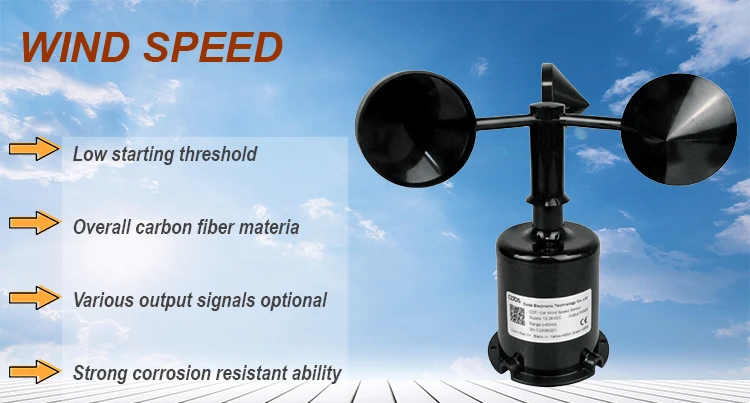
html
Wind Speed Measuring Instruments: Types and Applications
Measuring wind speed is essential in various fields, including meteorology, aviation, marine navigation, and environmental studies. Accurate wind speed data helps in weather forecasting, safety assessments, and energy production. Several instruments are designed to measure wind speed, each with unique features and applications.
Types of Wind Speed Measuring Instruments
1. Anemometer
The anemometer is the most common instrument for measuring wind speed. It comes in several forms, including cup, vane, and hot-wire anemometers. Cup anemometers use rotating cups to measure wind speed, while vane anemometers combine wind direction and speed measurements. Hot-wire anemometers are highly sensitive and used in laboratory settings.
2. Wind Vane
While primarily used to measure wind direction, some wind vanes are equipped with anemometers to provide both wind speed and direction data. These are often used in weather stations and for aviation purposes.
3. Sonic Anemometer
Sonic anemometers use ultrasonic sound waves to measure wind speed and direction. They are highly accurate and do not have moving parts, making them ideal for harsh environments. These instruments are commonly used in research and industrial applications.
4. Pitot Tube
Pitot tubes measure wind speed by comparing static and dynamic air pressure. They are widely used in aviation to determine aircraft speed but can also be adapted for ground-based wind measurements.
5. Lidar (Light Detection and Ranging)
Lidar systems use laser beams to measure wind speed at various altitudes. They are particularly useful for wind energy assessments and atmospheric research, providing detailed wind profiles over large areas.
Applications of Wind Speed Measuring Instruments
Meteorology
Wind speed data is crucial for weather forecasting and climate studies. Instruments like anemometers and sonic anemometers are widely used in meteorological stations to monitor wind patterns.
Aviation
Accurate wind speed measurements are vital for flight safety. Pitot tubes and wind vanes help pilots and air traffic controllers make informed decisions during takeoff, landing, and flight.
Marine Navigation
Ships and boats rely on wind speed data for safe navigation. Anemometers and wind vanes are commonly installed on vessels to monitor weather conditions and avoid storms.
Wind Energy
Wind farms use advanced instruments like Lidar and sonic anemometers to assess wind resources and optimize turbine performance. Accurate measurements ensure efficient energy production.
Environmental Monitoring
Wind speed data helps in studying air pollution dispersion, wildfire risks, and other environmental factors. Instruments like sonic anemometers provide precise measurements for research and policy-making.
Choosing the right wind speed measuring instrument depends on the specific application and required accuracy. From simple cup anemometers to advanced Lidar systems, these tools play a critical role in various industries, ensuring safety, efficiency, and scientific progress.
Keyword: measure wind speed instrument